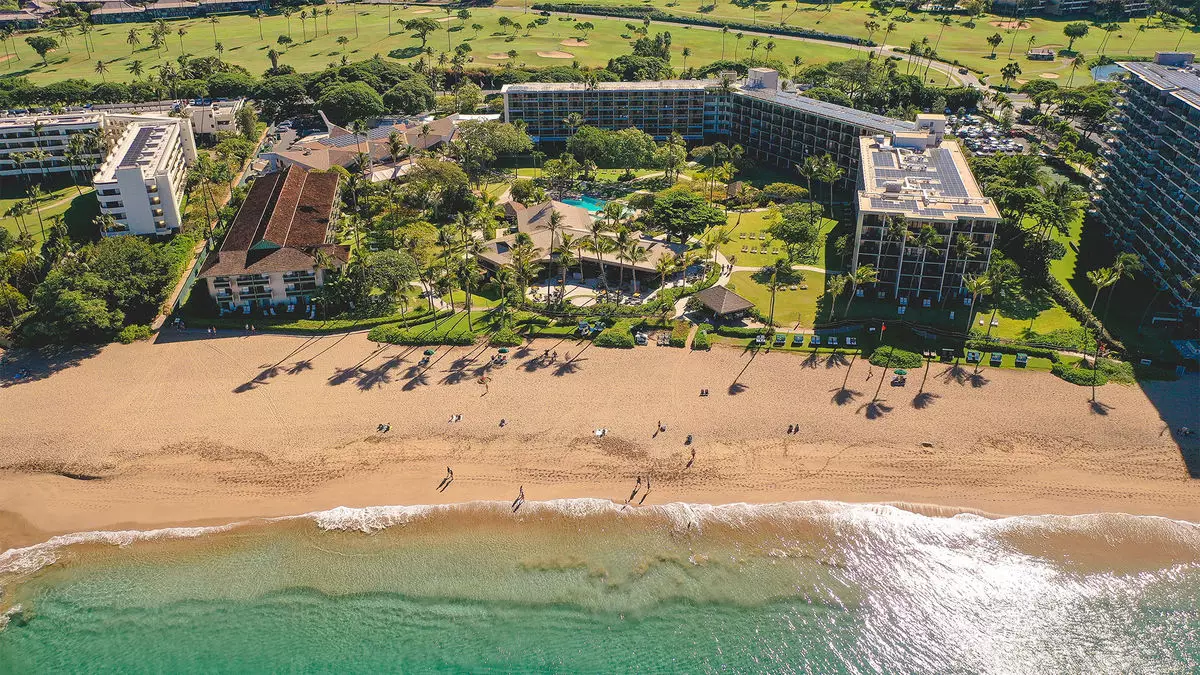Eighteen months have passed since the catastrophic wildfires ravaged Maui in 2023, leading to a severe downturn in the island’s tourism industry. The repercussions of these wildfires have prompted the Hawaiian state government to deploy a $6.3 million marketing initiative aimed at revitalizing a tourism sector that has been significantly impacted. Governor Josh Green announced this funding to address both the immediate fallout from the wildfires and the anticipated decline in tourist arrivals linked to ongoing natural disasters, such as the recent wildfires in Los Angeles County.
The initial urgency for such a marketing initiative is underscored by recent financial reports that reveal a troubling trend in Maui’s lodging revenue. According to CoStar data, Maui experienced the steepest decline in revenue per available room (RevPAR) among U.S. markets, plummeting by 13.2%. The reasons for this decline are multifaceted, encompassing drops in both hotel occupancy and average daily rates. Comparatively, Fort Myers, affected by hurricanes, saw an ADR decline of only 8.4%. This context highlights the substantial and singular impact of the wildfires on Maui’s tourism appeal.
Data from the Hawaii Tourism Authority sheds further light on the precarious nature of Maui’s tourism landscape. A decline of 6% in visitor numbers was reported for 2024, with approximately 2.35 million tourists compared to 2.49 million the year before. Alarmingly, this figure represents a staggering 23.4% drop from the pre-crisis peak of 3.1 million visitors in 2019. James Kunane Tokioka, the director of the state’s Department of Business, Economic Development and Tourism, pointed out that the ongoing situation is dire for Maui, especially given that West Maui hotels are facing particularly low occupancy rates in comparison to previous years.
As one of Hawaii’s significant markets, Los Angeles plays a crucial role in driving tourism; in 2024, it accounted for more than 9% of all visitors, highlighting the vital connection between these locales. The fear is that ongoing crises in California could further exacerbate the struggling tourism numbers in Maui, which would hinder recovery efforts.
Outlook assessments by industry analysts present a mixed bag of hope and caution for Maui’s tourism future. Michael Stathokostopoulos from CoStar suggests a potential turnaround, forecasting a growth in RevPAR by over 5% per year over the next three years. This optimistic projection hinges on the island’s repertoire of upper-tier accommodation options, which might allow for increased pricing even in light of falling occupancy rates. However, Stathokostopoulos cautions that the recovery is likely to be slow and uncertain, adding that demand for hotel rooms may struggle to rebound in the short to medium term.
Conversely, industry leaders like Jeff Wagoner, CEO of Outrigger Hospitality Group, assert that there are initial signs of recovery. Observing trends in 2025, Wagoner noted that occupancy rates have begun to improve, providing much-needed relief to families and businesses dependent on the tourism economy. Nonetheless, he stressed that a full recovery would necessitate time, patience, and continued investment in marketing efforts.
Given these dynamics, the state’s marketing plan is poised to play a pivotal role in driving tourism back to pre-wildfire levels. Tokioka affirmed that the marketing strategy will likely focus on channels known for yielding effective results, emphasizing the need to increase occupancy rates across Maui’s accommodations. By targeting messaging towards California tourists, especially those from Los Angeles—who make up a notable percentage of arrivals—Hawaii hopes to attract visitors back to its shores.
While the comprehensive marketing plans are still under development, there is consensus across various stakeholders that the emphasis should not merely be on Maui alone. Recognizing that travelers often split their stays across multiple islands, there is potential for a broader promotional strategy to benefit the wider Hawaiian tourism infrastructure. As Tokioka elaborated, even marketing geared towards rejuvenating Maui ultimately serves to bolster interest in other islands, encouraging visitors to explore more of what Hawaii has to offer.
Maui’s path to tourism recovery is fraught with challenges, yet there are appetizing signs of resilience among industry leaders and government officials alike. With a comprehensive strategy to leverage both marketing funds and promote collaboration across islands, there is hope for revitalizing an essential component of the Hawaiian economy. The key will lie in patience, strategic planning, and the ability to adapt to the evolving landscape of travel preferences in a post-crisis world. Only through combined efforts can Maui hope to emerge from the shadow of its recent past and reclaim its status as a premier destination for travelers.


Leave a Reply